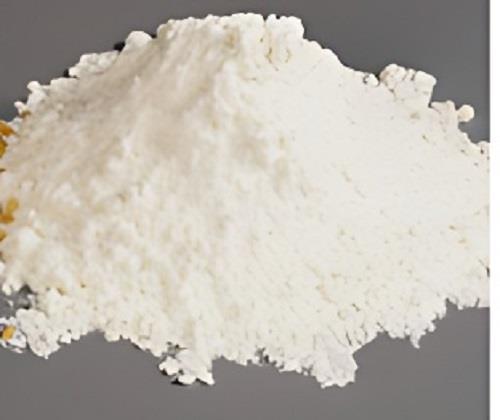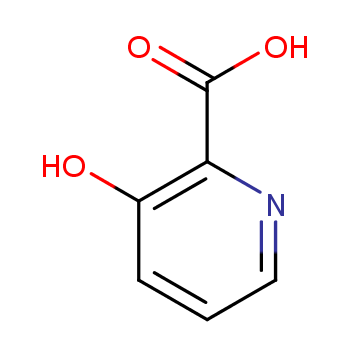Introduction
3-Hydroxypicolinic acid, with the chemical formula C6H5NO3, is a white to off-white crystalline powder. It contains a pyridine ring in its molecular structure, and the nitrogen atom on the pyridine ring gives the molecule unique chemical properties. 3-Hydroxypicolinic acid, as an organic acid, has a certain solubility in water and can also dissolve in some organic solvents such as acetonitrile and DMSO. Additionally, 3-Hydroxypicolinic acid has various chemical properties. Firstly, as an organic acid, it has acidity and can react with bases to form corresponding salts. Secondly, due to the presence of hydroxyl and carboxyl groups in the molecule, 3-Hydroxypicolinic acid can also participate in esterification, amidation, and other reactions to form various derivatives. Furthermore, it can also form complexes with metal ions, thereby altering its chemical properties.

Characteristics of 3-Hydroxypicolinic acid
Applications
3-Hydroxypicolinic acid has significant application value in the pharmaceutical field. As a pharmaceutical intermediate, it can be used to synthesize various biologically active drug molecules. For example, in the synthesis of certain drugs, 3-Hydroxypicolinic acid can serve as a starting material or reaction intermediate to react with other compounds, producing drug molecules with specific pharmacological effects. These drugs have potential applications in treating various diseases.
In the field of bioscience, 3-Hydroxypicolinic acid is also used as a nucleotide matrix in MALDI mass spectrometry analysis. MALDI mass spectrometry analysis is an important technique for analyzing biological molecules, such as proteins and nucleic acids, in biological samples. As a nucleotide matrix, 3-Hydroxypicolinic acid can enhance the detection sensitivity and accuracy of biological samples, providing strong support for bioscience research.
Storage Methods
Due to its chemical stability and potential hazards, special attention is required during the storage and transportation of 3-Hydroxypicolinic acid. Here are some suggestions for storing 3-Hydroxypicolinic acid: Keep the container sealed. When storing 3-Hydroxypicolinic acid, ensure that the container is tightly sealed to prevent reactions with oxygen and moisture in the air. Glass or plastic bottles with sealed caps can be used for storage. Store in a cool, dry place. 3-Hydroxypicolinic acid should be stored in a cool, dry, and well-ventilated area, away from direct sunlight and high temperatures. This can extend its shelf life and reduce the risk of chemical reactions.
References
[1] Liu Y, Zhuo X, Wei Q, et al. Synthesis and crystal structure of nickel coordination polymers with 3-Hydroxypicolinic acid as ligand[J]. Chemical World, 2018, 59(6):5.
[2] Min X, Su J, Hua R, et al. Method for synthesizing 3-Hydroxypicolinic acid and its derivatives: CN202011006099.8[P]. CN112110853A[2024-06-30].
[3] E. Buck, J.-C. Baril. Preparation method of 3-Hydroxypicolinic acid derivatives [2024-06-30]. DOI: CN1411445 A.




